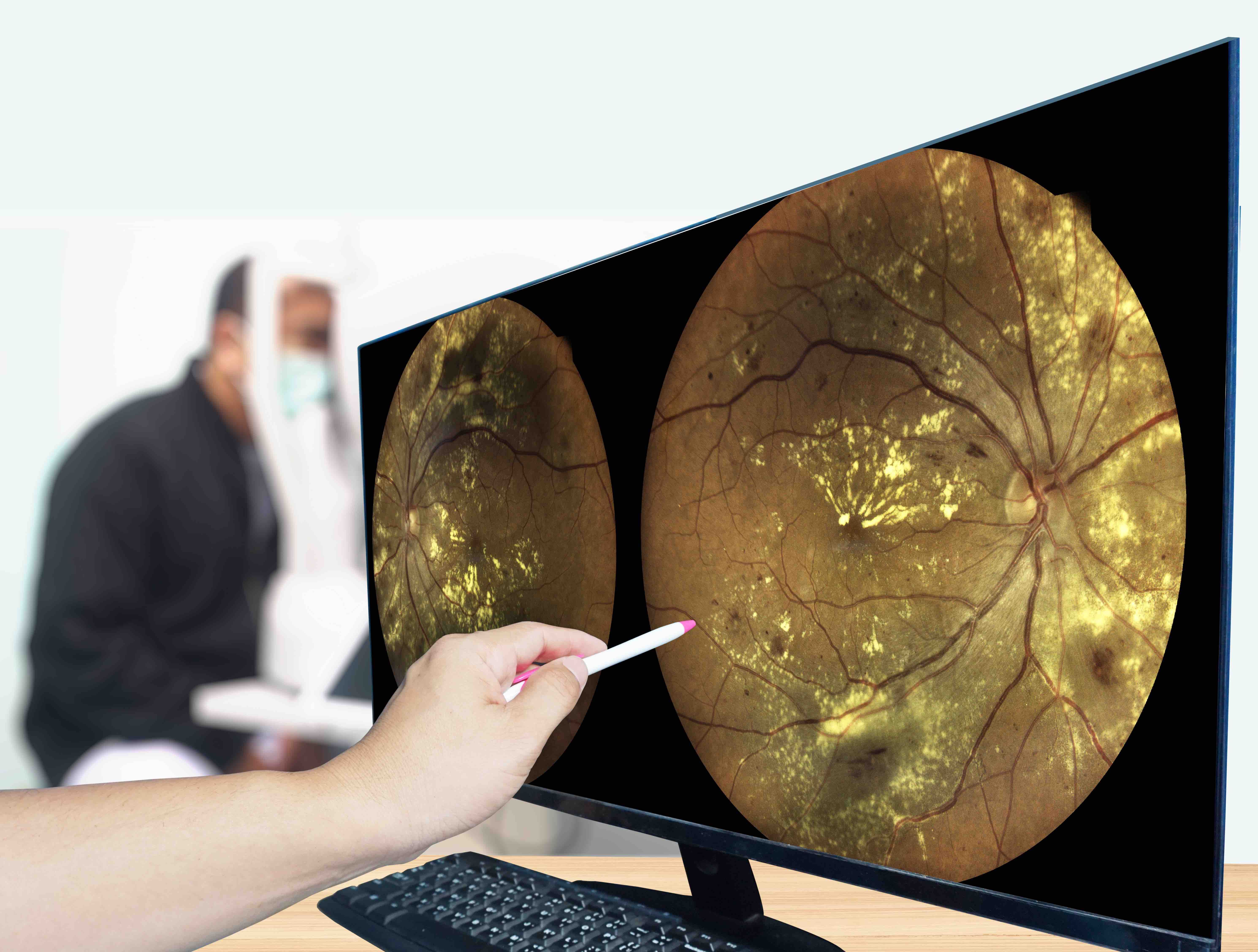Article
Using Patient Characteristics to Predict Clinical Outcomes in RA
Author(s):
Grouping patients into clusters based on shared characteristics, such as disease control and general health, may be helpful in understanding and predicting clinical outcomes in patients with rheumatoid arthritis (RA), according to an abstract presented at the 2019 ACR/ARP Annual Meeting, held November 8-13 in Atlanta, Georgia.
Identifying characteristics that patients share may be helpful in understanding and predicting clinical outcomes in patients with rheumatoid arthritis (RA),1 according to an abstract presented at the 2019 ACR/ARP Annual Meeting, held November 8-13 in Atlanta, Georgia.
Of 1443 patients enrolled in the BRASS registry, the researchers identified 41 principal components (PC) that “capture the fundamental characteristics involved in RA.” The researchers then used those 41 PC, as well as analysis of demographic, socioeconomic, health, and disease characteristics, to create 5 patient clusters.
Patients were followed in the clinic at least once a year and completed questionnaires every 6 months.
The clusters were:
- Cluster 1: patients with low health, uncontrolled RA, and shorter RA duration. These patients exhibited the greatest reduction in tender joint count.
- Cluster 2: patients with high health, controlled RA, and shorter RA duration. These patients remained infection-free the longest.
- Cluster 3: patients with high health, controlled RA, and longer RA duration. These patients had the lowest swollen joint count throughout follow up.
- Cluster 4: patients with low to moderate health, moderate RA, and moderate RA duration. These patients had the greatest improvement in mental health, based on the Functional Status Mental Health Index.
- Cluster 5: patients with low health, uncontrolled RA, and longer RA duration. These patients had the highest Clinical Disease Activity Index scores, with high scores representing more disease activity, and the highest persistence of therapies at baseline without change.
Over 4 years of follow-up, the researchers noted that these clusters were able to identify “distinct patterns of clinical outcomes and management.”
“The clinical outcomes data suggest the clusters represent clinically meaningful profiles of RA and illustrate the potential of data-driven patient profiling as a tool to support personalized medicine in RA,” they concluded.
In a second abstract, researchers were able to show that C-reactive protein (CRP) levels declined when therapies were able to bind more effectively to the interleukin-6 (IL-6) receptor.2 The investigators evaluated the relationship between IL-6 receptor occupancy (RO), or how well the therapy binds to the target, pharmacodynamic variables, and the differences between sarilumab and tocilizumab to treat RA.
The investigators simulated models of soluble IL-6 receptor RO for sarilumab 200 mg and 150 mg subcutaneously once every 2 weeks, tocilizumab 162 mg subcutaneously every 2 weeks and once every week, and tocilizumab 4 mg/kg and 8 mg/kg intravenously once every 4 weeks.
Both sarilumab 200 mg and tocilizumab 162 mg achieved RO >90% after the first dose, but while the sarilumab dose maintained >90% RO throughout the first 24-week treatment period, the tocilizumab dose decreased to >50% RO before the second dose. Sarilumab 150 mg was at >90% RO from the second dose onwards. Tocilizumab 4 mg/kg deliver intravenously achieved >99% after the first dose but decreased to <50% before the second dose (4 weeks later). The higher intravenous dose of tocilizumab maintained RO ≥99% at a steady state, similar to the higher dose of sarilumab.
The researchers compared changes in CRP levels following administration of treatment and they found that CRP levels were inversely associated with RO at trough. Both doses of sarilumab and the higher intravenous dose of tocilizumab had the greatest suppression of CRP levels.
1. Curtis J, Weinblatt M, Saag K, et al. Exploring heterogeneity in rheumatoid arthritis: outcomes up to 4 years of follow-up in patient clusters identified by data-driven analysis of the BRASS registry. Presented at: The American College of Rheumatology Annual Meeting, November 8-13, 2019; Atlanta, Georgia. Abstract #2850.
2. Xu C, Nolain P, Lu Q, et al. Sarilumab and tocilizumab receptor occupancy (RO), and effects on C-reactive protein (CRP) levels, in patients with rheumatoid arthritis (RA). Presented at: The American College of Rheumatology Annual Meeting, November 8-13, 2019; Atlanta, Georgia. Abstract #1398.
References




